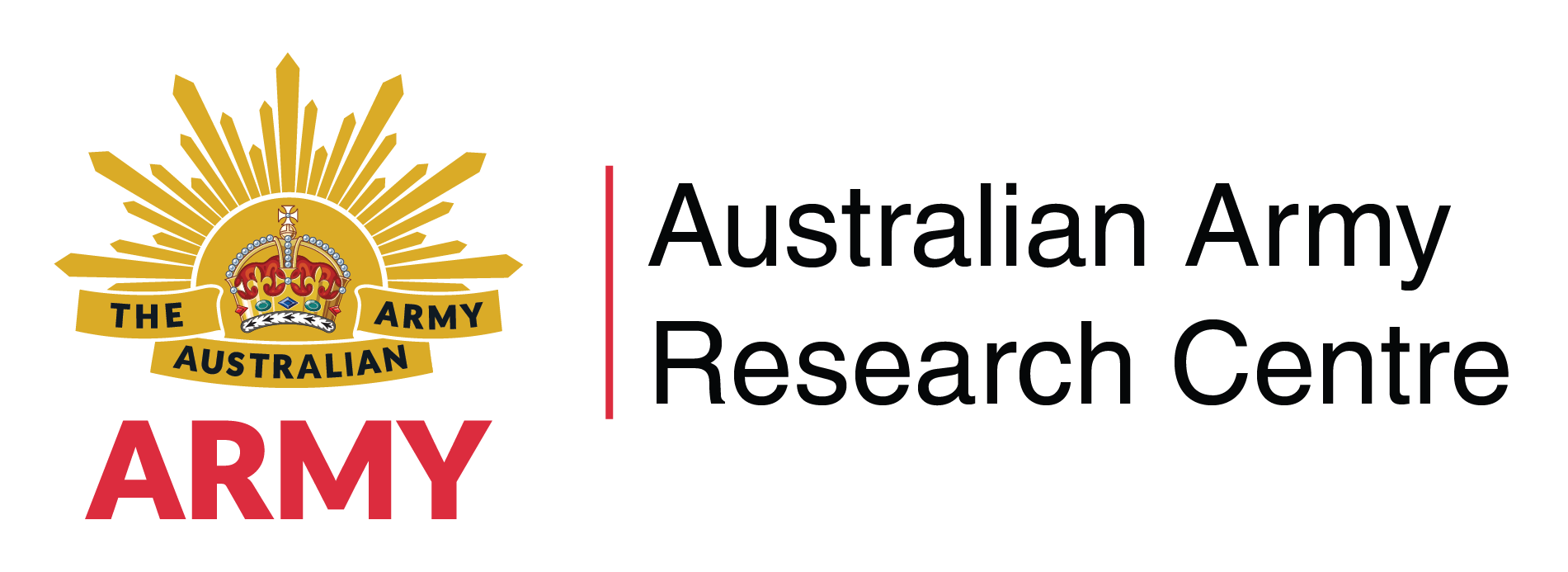Search
Using the filters to the left, click your selection, it will become bold and filter the results, click it again to remove that filter.
Abstract The modern Australian Defence Force (ADF) is leaner and more lethal than ever, but it encounters more complexity per person and per item than ever before. From catering support to forces deployed to East Timor and Chinooks deployed to Afghanistan through to domestic transportation of ammunition, Defence has seen variability in the level of responsiveness available to government based on the effectiveness (or not) of contracting methods. The best examples show an integrated ADF/contracted workforce …
Abstract There are many advantages of increasing the commitment of Australia’s citizens to national institutions such as the ADF. Larger reserve organisations (for all services) provide a large base level of capability that serves as the nation’s ultimate insurance policy—to provide the basis for mobilisation in the event of major interstate conflict. This traditional view, while still important, neglects the many other advantages, such as the effect of having a larger proportion of society serve, thereby …
Abstract Accelerated Warfare 1 describes how Australia’s region is increasingly defined by a changing geopolitical order and operating spectrum of cooperation, competition and conflict. While Accelerated Warfare is the title of Army’s futures statement, that operating spectrum nonetheless reflects Army’s first 40 years. This paper examines how Army confronted those challenges as Australia’s relationship with Imperial Japan transitioned from one of security cooperation, through competition and confrontation …
Dear Editor, I am writing to comment on the article by Dr Jason Mazanov regarding how to deal with the aftermath of toxic leadership which appeared in the autumn edition of the Australian Army Journal (vol. XV, no. 1). Whilst it is disturbing to discover that toxic leaders / workplace psychopaths have migrated from Australian corporate and government workplaces to the Australian Army, it is encouraging to see that this issue is recognised and debated. It is to be hoped that the Australian Army will …
Nicolas Johnston has a master’s degree from the Australian Defence Force Academy (UNSW Canberra). He received his BA in Political Science and International Comparative Studies from Duke University, North Carolina. … Nicolas Johnston …
Major Marshall Lawrence is an infantry officer and has twice served as a mentor working with the Afghan National Army. He holds a Master of Business from the University of New South Wales and a Master of Science in the Art and Science of Warfare from the National Defence University, Islamabad. He is a recent graduate of Pakistan Command and Staff College, Quetta, and speaks Pashto and Urdu with varying degrees of success. He is currently posted to Army Headquarters. … Marshall …

Captain Nicholas Allen is a RAEME Officer in the Australian Army who has served in the 1st Combat Service Support Battalion, in the Warrant Officer and Senior Non-Commissioned Officer Academy, and in Headquarters Joint Operations Command as Staff Officer Grade 3—Operational Contracting. He has worked closely with DGLAND, JLC and CASG at the tactical level while platoon commander / operations lieutenant on Force Support Unit 7 in Kandahar, Afghanistan, as well as while working in the operational level at …
The Australian Army operates as a total force, integrating personnel from a range of service categories (SERCATs) in order to generate the capabilities required to win the land battle. The re-introduction of the rank of 2nd Lieutenant for General Service Officers (GSO) whose ab initio training is the Part-Time Officer Commissioning Course (PTOCC), will enable superior alignment of foundation workforce capabilities across the total force, and create a cogent framework for the conditions-based development of …
The supreme art of war is to subdue the enemy without fighting. - Sun Tzu, The Art of War Gray zone conflict must be understood in fundamentally different ways from major warfare. - Michael Mazarr, Mastering the Gray Zone The international system, like any dynamic system, is always in a state of flux. Forces of change, whether we are conscious of it or not, are continuously shaping the environment inside and outside nations. Nations respond to these changes in different ways. One significant area of …
